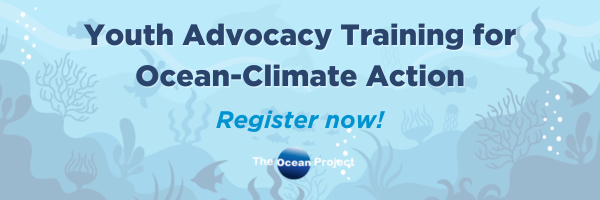 In a big step forward, President Bush recently signed a joint resolution of Congress providing consent to the Great Lakes – St. Lawrence River Basin Water Resources Compact, an interstate agreement based on the Great Lakes Annex Agreement signed by Ontario, Quebec and the eight Great Lakes states in 2005. The President’s action marks the final step in the Compact’s approval process, enabling these historic protections to become law in the United States, and is supported by many groups, including the Council of Great Lakes Governors.The Compact provides a comprehensive management framework for achieving sustainable water use and resource protection and was the final step in a nearly decade-long quest to strengthen legal protections against diverting water from the system consisting of the five lakes, their connecting channels and the St. Lawrence River. The Compact doesn’t specifically manage and regulate the Great Lakes so the next step is setting up programs to manage and conserve water, as the compact requires them to do within two years. It sets common standards but gives the states flexibility in meeting them by managing water the way they see fit.
In a big step forward, President Bush recently signed a joint resolution of Congress providing consent to the Great Lakes – St. Lawrence River Basin Water Resources Compact, an interstate agreement based on the Great Lakes Annex Agreement signed by Ontario, Quebec and the eight Great Lakes states in 2005. The President’s action marks the final step in the Compact’s approval process, enabling these historic protections to become law in the United States, and is supported by many groups, including the Council of Great Lakes Governors.The Compact provides a comprehensive management framework for achieving sustainable water use and resource protection and was the final step in a nearly decade-long quest to strengthen legal protections against diverting water from the system consisting of the five lakes, their connecting channels and the St. Lawrence River. The Compact doesn’t specifically manage and regulate the Great Lakes so the next step is setting up programs to manage and conserve water, as the compact requires them to do within two years. It sets common standards but gives the states flexibility in meeting them by managing water the way they see fit.
This water system contains nearly 20% of the world’s fresh surface water and supplies a combined population of roughly 40 million in Canada and the US. While the Compact bans diversions through pipelines and other means, a bottled water exemption remains which some groups feel would undermine the agreement’s ability to truly protect the Great Lakes.



